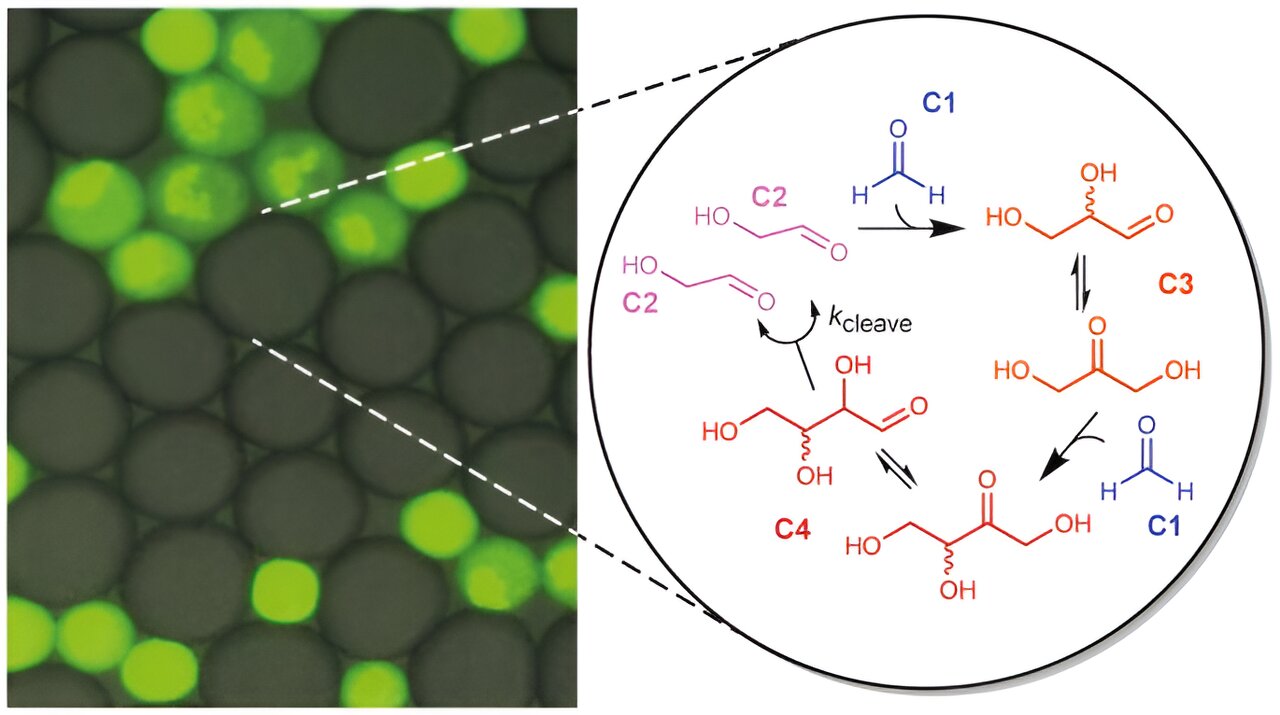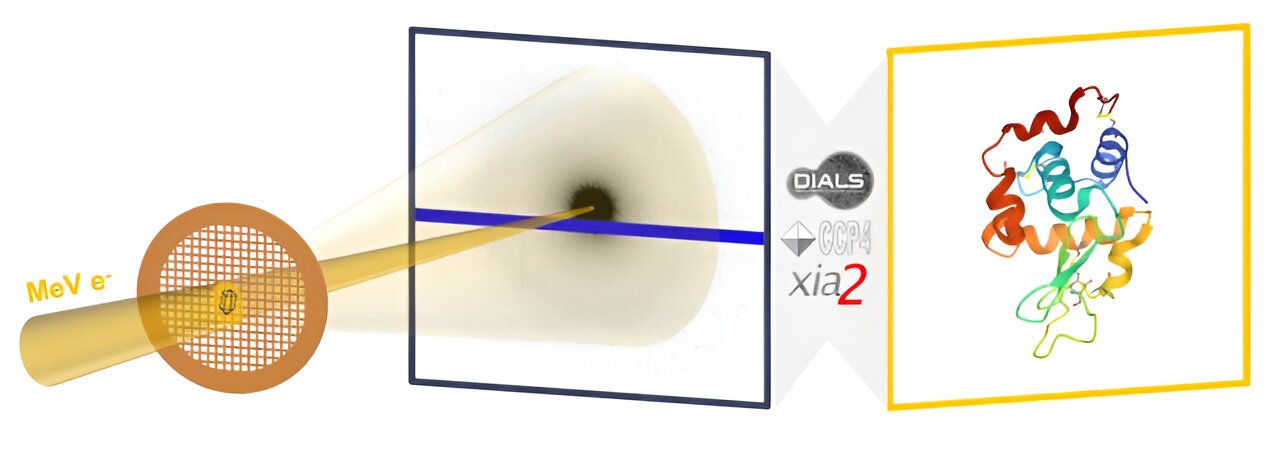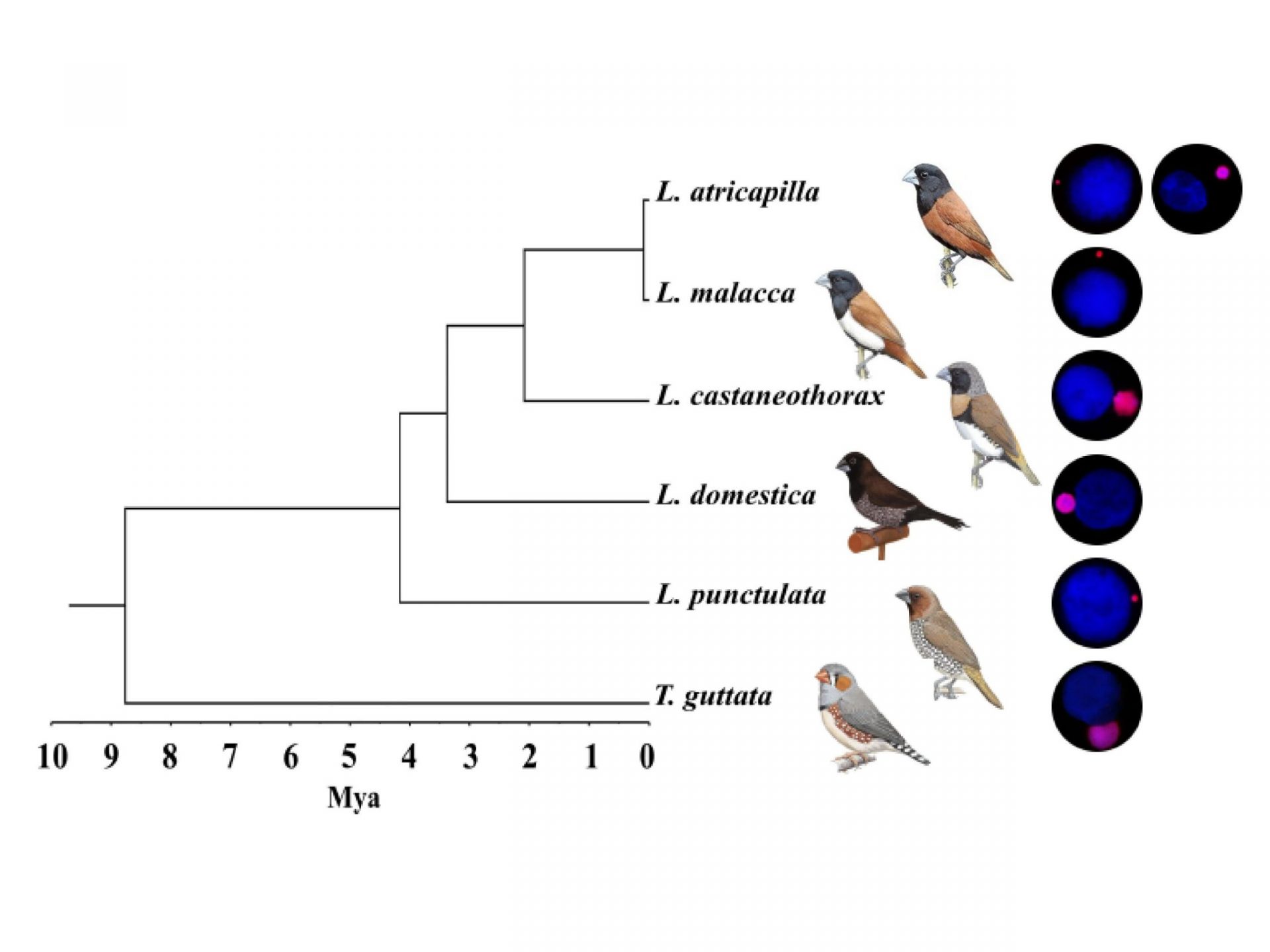The fascinating field of systems chemistry delves into the analysis and synthesis of autocatalytic systems. It is closely tied to the study of the origin of life, as it explores the transitional phase between chemical and biological evolution. These systems are more complex than simple molecules, yet simpler than living cells.
In 1978, Tibor Gánti introduced the theory of self-replicating microspheres. Although lacking genetic material, these microspheres contained an autocatalytic metabolic network of small molecules within their membranes. As the autocatalytic process occurred, the membrane-building material was produced, leading to sphere division. While resembling living cells, their lack of genetic material could only be confirmed through experimentation. These microspheres can be considered “infrabiological” chemical systems, surpassing the complexity of normal chemical reactions but falling short of biological organization.
Years ago, we began contemplating the possibility of experimentally realizing the growth of a small molecule metabolic network, resulting in the expansion and division of the enclosing compartments. Tibor Gánti identified the formose reaction as a promising candidate for this system. The formose reaction is an autocatalytic sugar-producing reaction that transforms and propagates glycolaldehyde molecules without the need for enzymes.
The groundbreaking study was conducted by Professor Andrew Griffiths and his colleagues at the biochemistry laboratory of the École Supérieure de Physique et de Chimie Industrielles (ESPCI) in Paris. The experiment involved creating tiny water droplets in an oil medium, acting as artificial cells that did not merge. The findings were published in the esteemed journal Nature Chemistry.
Some of the “cells” were provided with glycolaldehyde as an autocatalyst, while others were not. In the former group, the formose reaction was triggered, causing water to be drawn away from compartments lacking glycolaldehyde through osmosis. This allowed the compartments to grow and divide under external influence. Many researchers believe that prior to regulated cell division, initial cells divided in response to external factors like turbulent flow.
This study’s significance lies in being the first to demonstrate that a network of small-molecule autocatalytic reactions, devoid of genetic material and enzymes, can lead to the growth and division of compartments, giving rise to new generations. This groundbreaking result provides crucial experimental evidence for the principles of systems chemistry and paves the way for further exploration into the origin of life.
,,,








